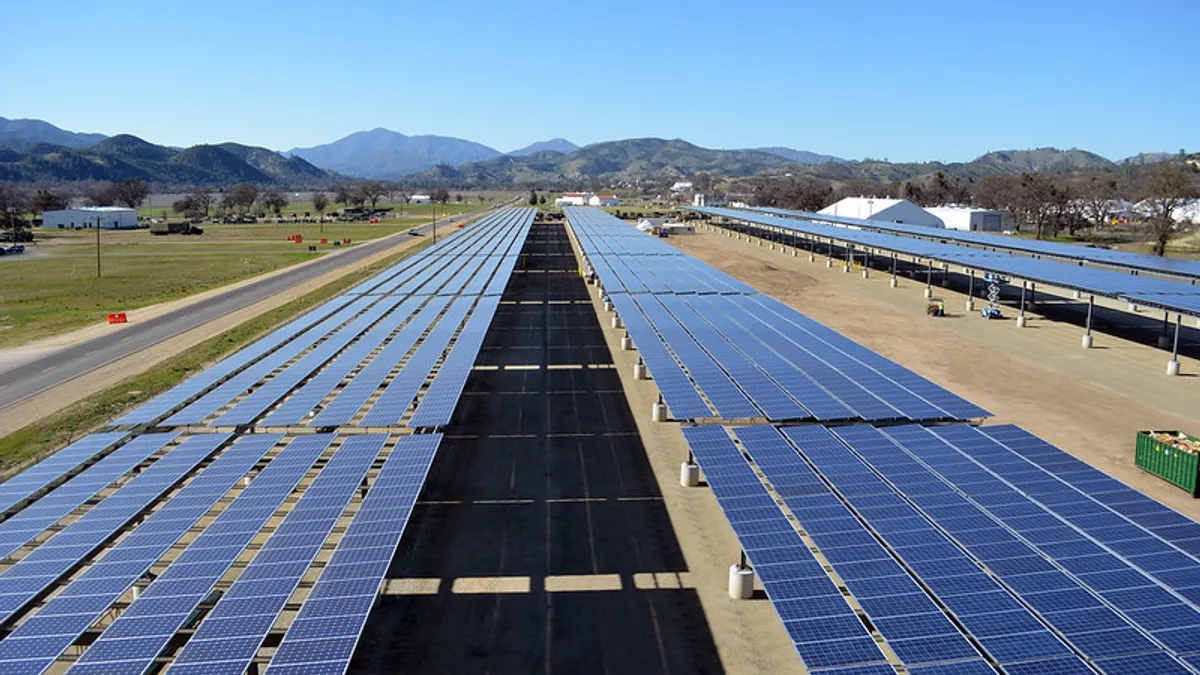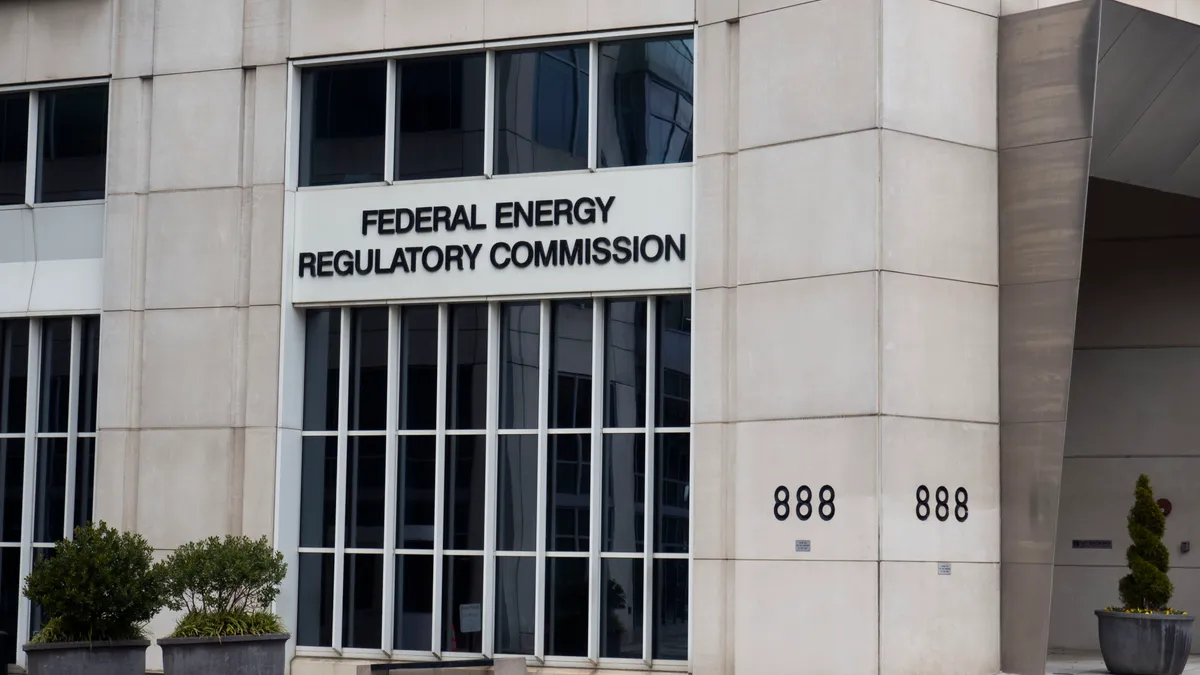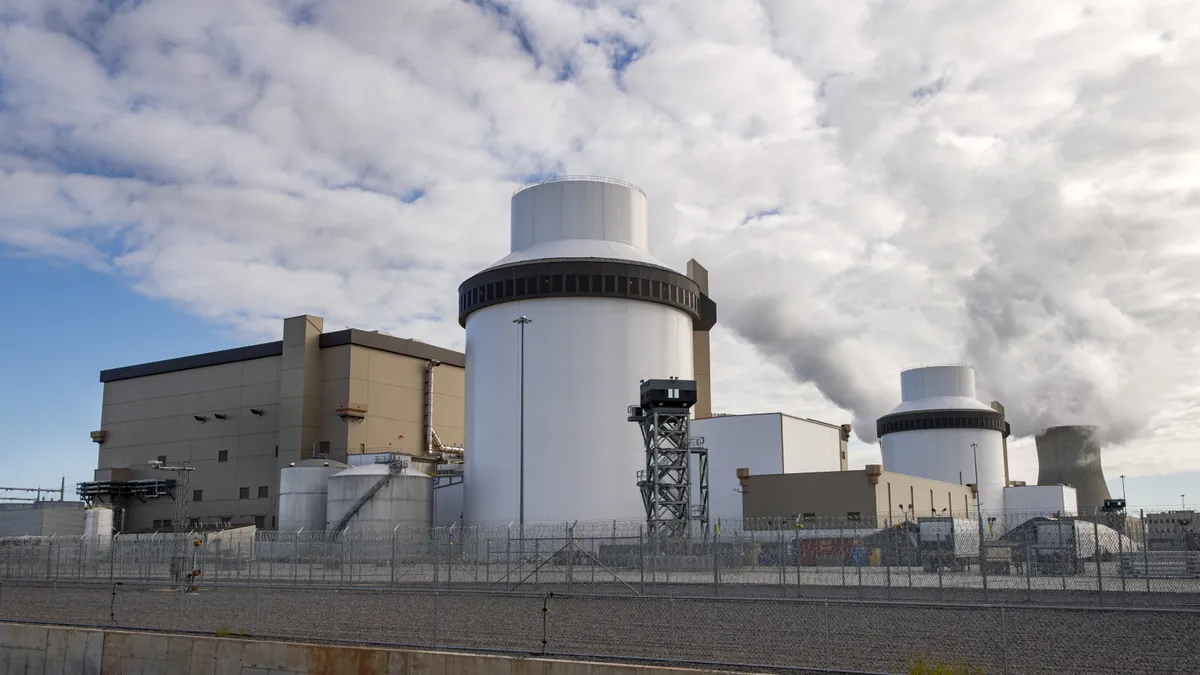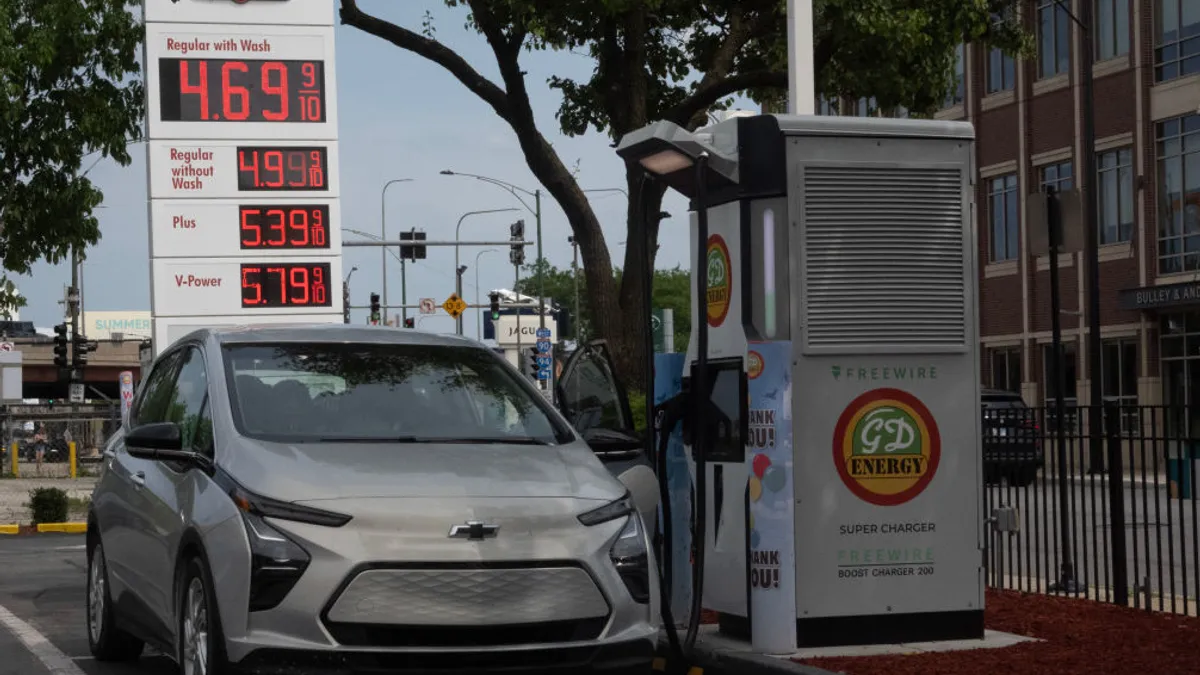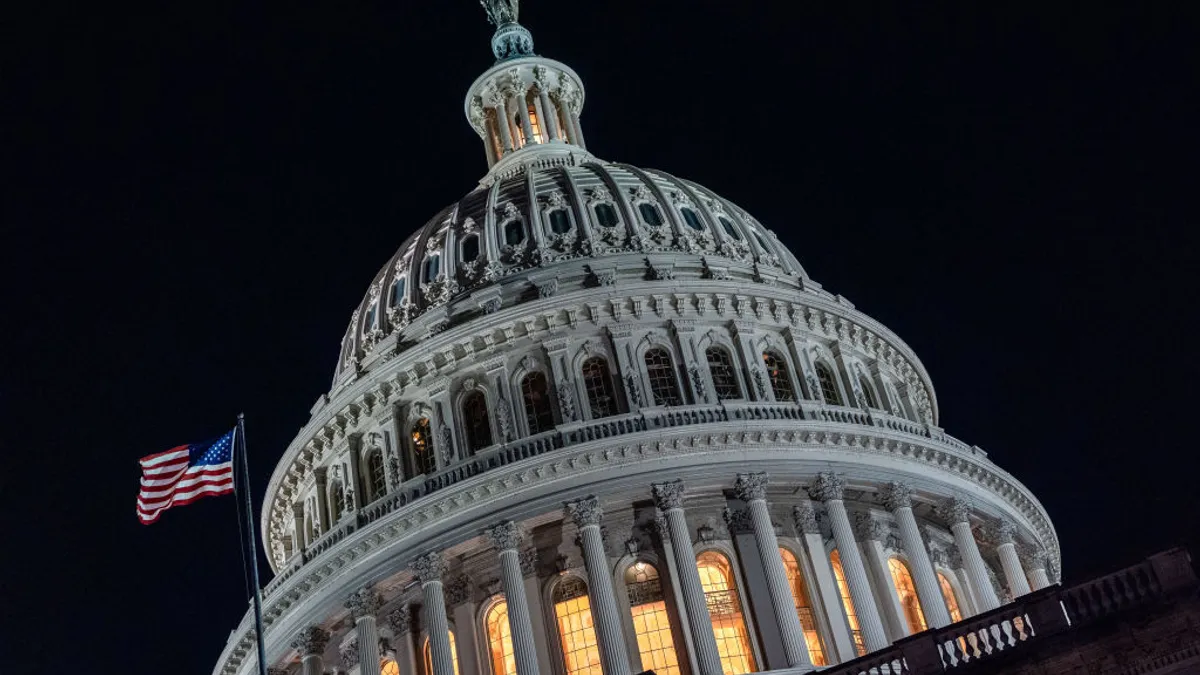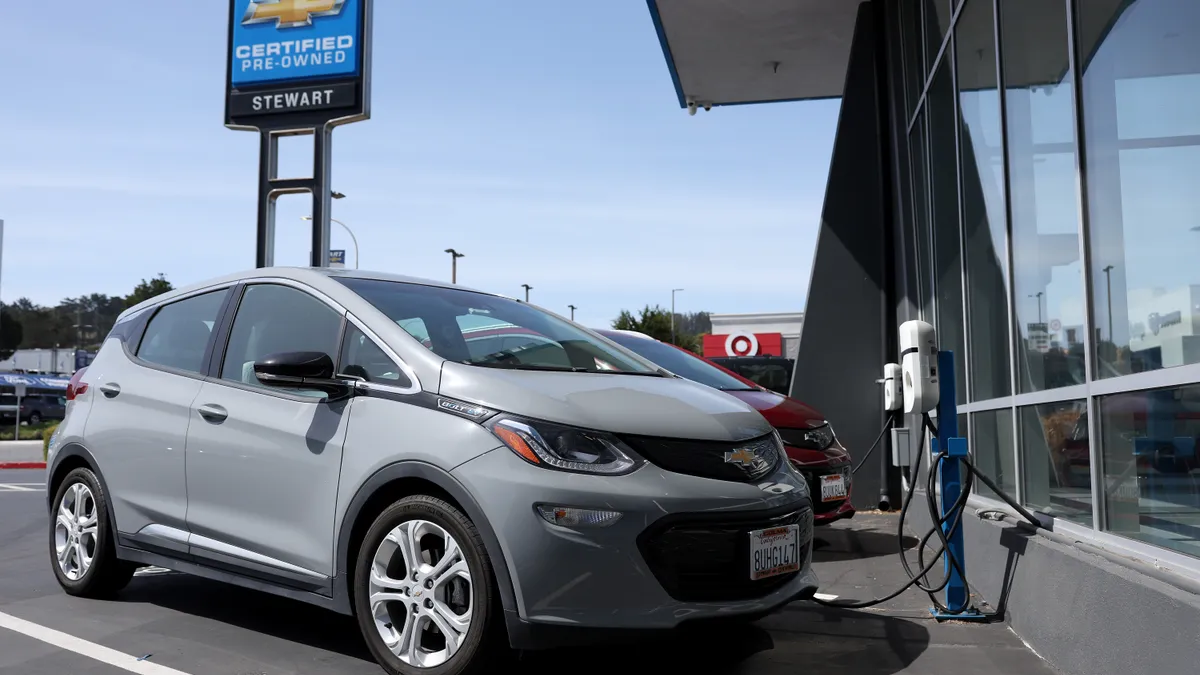Nicole Bulgarino is president of federal solutions and utility infrastructure at Ameresco, an energy solutions provider.
Across the world, extreme weather events pose an increased risk to public safety by damaging vital infrastructure and evoking widespread power outages. In the U.S., these disasters racked up more than $182 billion in damages in 2024, as wildfires, hurricanes and winter storms wreaked havoc across the nation. Concurrently, rising power demands from industrial activity, computing growth and electrified transit are pushing the grid to capacity. With 95% of utility leaders warning that extreme weather and rising demand will jeopardize grid reliability over the next decade, energy and infrastructure leaders must act now to fortify a more secure, resilient energy future.
Microgrids are a flexible, cost-effective solution to these evolving energy challenges. They empower organizations, communities and municipalities to take greater control of their energy supply through renewable power generation and storage to leverage distributed energy resources at the customer site. Here, they take on flexible roles both in interacting with the utility grid and by providing energy to the host customer when the utility can’t. Microgrids play a crucial role in facilitating energy conservation and decreasing overall emissions by optimizing the amount and timing of customer energy consumption. They not only support sustainability, but importantly, they can also be a key driver in securing our energy future.
Securing energy resources in uncertain times
At its core, the focal feature of microgrids is coordinating onsite power generation to produce power for the customer independent of the main utility grid. But what does this feature mean in practice? Facilities with mission-critical operations, such as hospitals and military bases, can benefit from continuous and reliable power for life-saving medical care and disaster relief efforts. Where renewables are incorporated, this advantage is amplified by removing risk of interruptions in traditional fuel supply, such as interruptible gas, or fuel deliveries impacted by labor disputes, geopolitical developments, or local disruption of transportation by natural disasters.
Cyberattacks pose a significant threat to energy systems, with U.S. utility providers facing an average of 69 weekly cyberattacks in 2024, a 70% increase from 2023. These risks are heightened by the evolving grid's increased connectivity to cloud services and expanded visibility, creating more vulnerabilities for exploitation.
Microgrids can mitigate these environmental and cybersecurity threats in two key ways. First, when microgrids are connected to the utility grid, they can integrate with renewable technologies like solar arrays to diversify energy sources, often with sources of energy closer to important loads than central utility plants. Second, when a local utility failure occurs and the microgrid is isolated, or “islanded,” from the utility, microgrids paired with battery energy storage systems can provide firm, continuous power. This inherent adaptation of microgrids to on and off grid operations allows customers and communities to adapt swiftly to disruptions, sustaining daily living amid broader grid failures.
Driving real-world impact and overcoming challenges
For communities impacted by environmental instability and energy insecurity, microgrids help public utilities and the federal sector reduce load on the legacy utility grid while supplying reliable power generation to the surrounding region.
A notable example here is the U.S. Marine Corps Recruit Depot (MCRD) in Parris Island, South Carolina. As one of two recruit training facilities, continuity of mission and its related energy needs at MCRD PI are key to sustaining defense readiness and emergency and relief operations. The Marine Corps’ most comprehensive energy efficiency project, MCRD underwent major upgrades, including a microgrid installation that coordinates and dispatches on-site combined heat and power and backup generation, as well as on-site battery energy storage and solar generation. Each asset has unique capabilities and limitations, and the installed microgrid system effectively translates the site’s energy needs to the real time capabilities of each resource.
A smart investment for utilities
With the integration of advanced controls and scalable design, microgrids provide a cost-effective approach to extend the capabilities of conventional utility, optimizing the quality of power delivered, providing short term or permanent solutions for load growth, and for greater optionality during system contingencies. In O’ahu, Hawaii, this capability extension has been transformative, as 44% of Hawaiian households face hardship in the escalating cost of living. By expanding Hawaiian Electric’s energy portfolio to include renewables and distributed energy generation, microgrids reduce reliance on financially and environmentally costly legacy fuel sources. The dividends benefit both utility providers and consumers.
Looking forward, as AI raises the bar for innovation, utility providers are keen to leverage newly available tools to maximize returns on energy efficiency and renewable energy investments. Microgrids are a prime candidate for AI-driven enhancements, such as advanced demand forecasting and predictive analytics to optimize performance and contingency readiness. Clean tech developers with microgrid fluency can deliver next-gen energy solutions, unlocking new value and intelligent, adaptable, resilient systems.
Envisioning the energy future
This year marks a decisive moment for energy efficiency and renewable energy as federal actions prioritize domestic production, affordability and access. Flexible technologies like microgrids will bridge the gap between economic growth and sustainable innovation. Amid evolving domestic and geopolitical landscapes, microgrids offer a reliable, cost-effective energy solution — advancing the nation toward energy independence and security for years to come.


